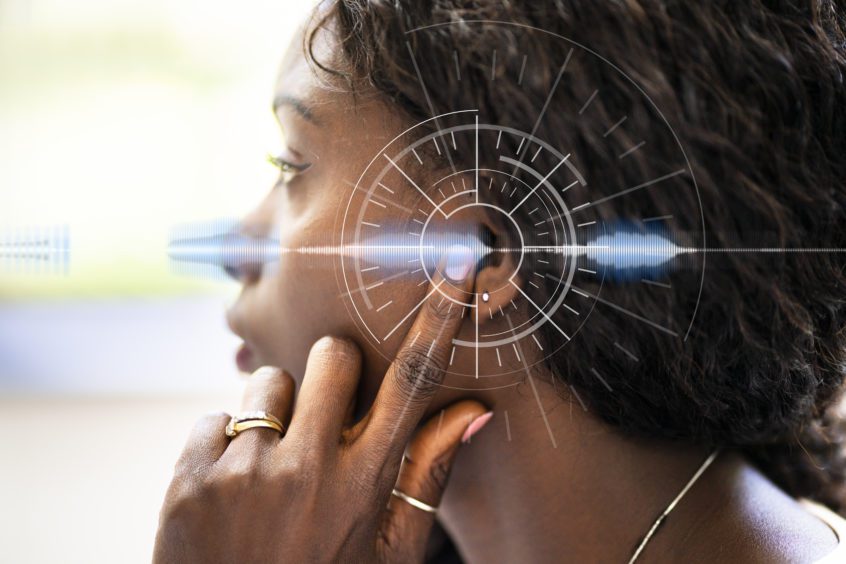Remember the children’s story about Goldilocks and the Three Bears? Goldilocks tried out everything in the bears’ home, from their porridge to their beds, until she found what she considered “just right.” Fortunately, Goldilocks didn’t wear hearing aids, but if she did, she’d want to see an audiologist who performs real-ear measurement and speech mapping. It’s the only way to really get that “just right” level of hearing aid amplification.
A good hearing aid fitting begins with a comprehensive hearing evaluation to determine hearing loss. You can’t assume your hearing loss is the same as a parent’s or sibling’s. The size of your ears, type and degree of hearing loss all affect your individual prescription for hearing aids.
But an equally important step in the process of getting a good hearing aid fit is to have an additional test to confirm that your hearing aids are working as they should be. That test is called a real-ear measurement.
Though performing a real-ear measurement is considered a best practice in the field of audiology, according to a survey performed by the Hearing Review, only 34% of audiologists surveyed across the United States perform real-ear measurements. Hearing aid fittings using real-ear measurements resulted in superior outcomes and improved aided benefit both in quiet and in noise. The average real-ear measurement just takes an additional 10-15 minutes during an appointment.
Associated Audiologists is one of the few practices that takes this extra time to perform real-ear measurements for every hearing aid fit.
During a real-ear measurement, the audiologist will place a probe microphone in the ear canal and then set the hearing aid over the top of the probe microphone.
Once the probe and hearing aid are in place, a recording of sounds at various loudness levels is played for the patient and the output of the hearing aid is measured. The audiologist should test speech comprehension in both loud and quiet conditions. The results are displayed as either a table or graph and can help the audiologist understand the volume of sound your hearing aid is providing.
Based on these measurements and the patient’s feedback, the audiologist can then fine-tune the hearing aids until reaching that “just-right” amplification, ensuring the patient’s hearing aids are accurately programmed just for them.
When considering an audiologist, be sure to ask if the practice utilizes verification with real-ear measurements and speech mapping when fitting hearing aids. This is the best way to be sure you get the most from your hearing aid technology investment.
To be sure your hearing aids continue to perform and that you hear your best, follow these tips.
- Regular hearing aid check-ups should be scheduled, usually every six to eight months.
- Have your hearing aids cleaned and checked periodically.
- Update your hearing test every 18 to 36 months.
- If your hearing changes, your hearing needs may change. Your audiologist can provide the best guidance.
- If you are wearing technology older than five years, you might check out newer hearing aids. New, more sophisticated hearing devices include directional microphones, rechargeable power options, Bluetooth connectivity and apps that can help you control your hearing aids from your cell phone. These new hearing aids come in a wide range of styles to meet every need and budget.
- Call immediately if your hearing suddenly changes. An audiologist should evaluate the problem and refer you to the appropriate specialist as soon as possible. At Associated Audiologists, we are on staff at several of the area’s top-rated hospitals and we have an extensive referral network. That’s important so that we can get you to the best healthcare professional to address your problem.
Associated Audiologists routinely surveys our patients regarding their patient experience and their hearing aid technology. Ninety-eight percent of patients surveyed said they would strongly recommend Associated Audiologists to a friend or relative with a hearing need, and 93 percent are satisfied with their hearing aids. Plus, we have hundreds and hundreds of online reviews verifying the outstanding work the audiologists in our clinics do. Read our patient reviews here.
Schedule an appointment with a doctoral-level audiologist today.



